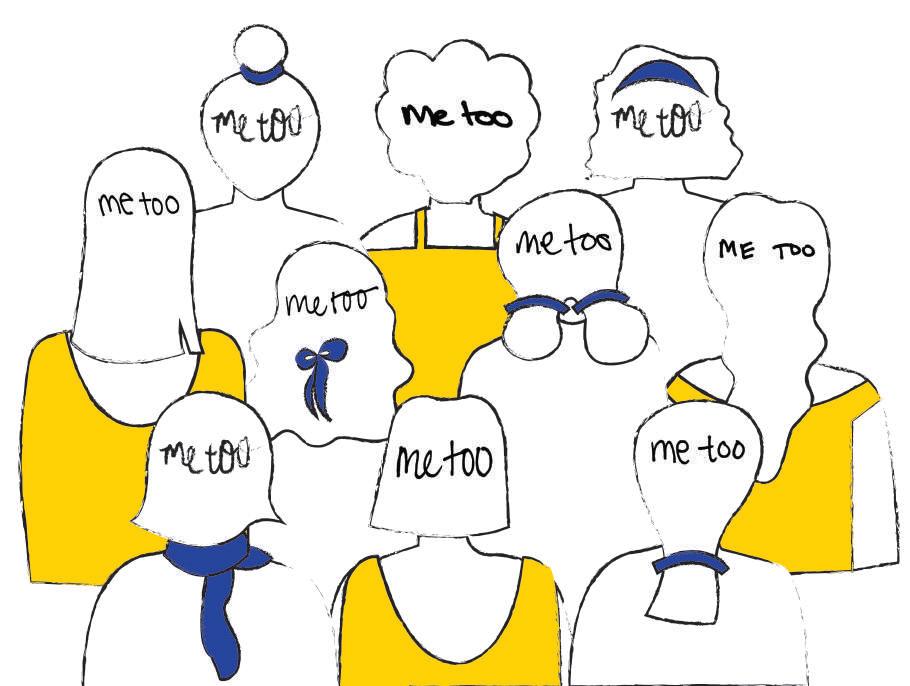fast fashion needs to slow down greenwashing in the fashion industry garments, and with their Conscious line and low prices, seems to the consumer to be the most environmentally conscious brand of the fast fashion bunch. Zara is a member of the Sustainable Apparel Coalition, as well as other commitments to ethical purchasing of materials. These attempts, in reality, are overshadowed by the deleterious impacts of the business strategies of fast fashion as a whole. Their company mindset focuses around bringing huge volumes of poor quality, trendy clothing to the market, for it to be worn, washed, and tossed away in a matter of months. They flood the market with a new season every week, as opposed to the traditional model of a Spring / Summer season, and a Fall / Winter season. These constantly updating storefronts, short-lifetimes of garments, and low production costs of the newest fads keep consumers consistently purchasing an ocean of clothing from the fast fashion industry. No matter how environmentally friendly or sustainable these brands attempt to market themselves, the rhyme and reason of their selling is the antithesis of sustainable. In fact, their guise of eco-friendliness may do more harm than good to our environment.
As a broke high schooler, I practically lived in the mall, specifically in everyone’s favorite fast fashion store: H&M. What really drew me towards this Swedish-born brand was that: 1) it was always up to date trend-wise, and 2) it was cheap enough that I could afford to experiment with my look without financial repercussions in my thinly lined pockets. One section of the store I tended to gravitate towards was their “Conscious Collection,” marketed as a sustainable clothing option for the environmentally-minded. Most of the collection consists of pieces using organic cotton, recycled fabrics, and synthetics. Nowadays, I have a lot of trouble reconciling the sustainable approach to some of H&M’s clothing, while their business model suggests the complete opposite.
the problem Currently, H&M’s usage of the Conscious Collection brings the idea of greenwashing to the forefront of conversations around environmental impacts in the fashion industry. A term coined by environmentalist Jay Westerveld in 1986, greenwashing is a type of marketing spin used to promote an organization’s image to look as though their products are environmentally friendly. This often includes a hypocritical element: while this image portrays a green look, the company gets away with investing only minimally in business practices that would reduce their environmental impact.
the impacts While these discrepancies are most noticeable in the fast fashion side of the industry, this is an industry wide—and consumer wide—issue. The average American consumer throws away almost seventy pounds of textile waste a year, which can take almost eighty years to decompose.3 This comes in tandem with the doubling of clothing item purchasing in the last twenty years.4 Our current culture of consuming requires us to buy continuously in order to keep up with the latest fads. How often do we, as consumers, take a minute and look beyond the face value advertising of a product or brand to think, “Is this really the best thing that they—or we—could be doing for the environment?” The most discouraging aspect of this phenomenon is perhaps that the more disingenuous greenwashing put out by companies, the more difficult it is to be fully educated on the topic: it’s a constant battle. Consumers aren’t informed enough (or are misinformed), and companies use this lack of awareness to their advantage to prey on consumers who want to be environmentally conscious, but are not savvy enough to do their own, deeper research into a company’s environmental impact.
the facts Marketing towards the environmentally conscious is a huge demographic to fill. A Michael Peters Group survey found that more than 77% of Americans reported that a company’s environmental reputation would impact their likelihood to purchase from them.1 Additionally, two thirds of consumers were found to be willing to pay more for sustainably produced products in a Nielsen survey.2 Looking as environmental as possible while doing the bare minimum fosters good favor with consumers on an extremely broad scope. H&M, and fast fashion brands in particular, use these marketing tactics to an extreme extent. H&M has recycling programs for used
1
2
30
DiLouie, Craig. 1994. The Lighting Management Handbook. 1st ed. Lilburn, GA: The Fairmont Press, Inc. The Nielsen Company. 2015. “The Sustainability Imperative”. Nielsen.com. http://www.nielsen.com/us/en/insights/reports/2015/the-sustainability-imperative.html.
SHEI Magazine
3
4
Koch, Wendy. 2013. “Clothes Recycling Goes Curbside As Demand Rises”. USA TODAY. https://www.usatoday.com/story/news/nation/2013/04/20/recyling-clothes-expands-curb side/2092351/. Ibid.









